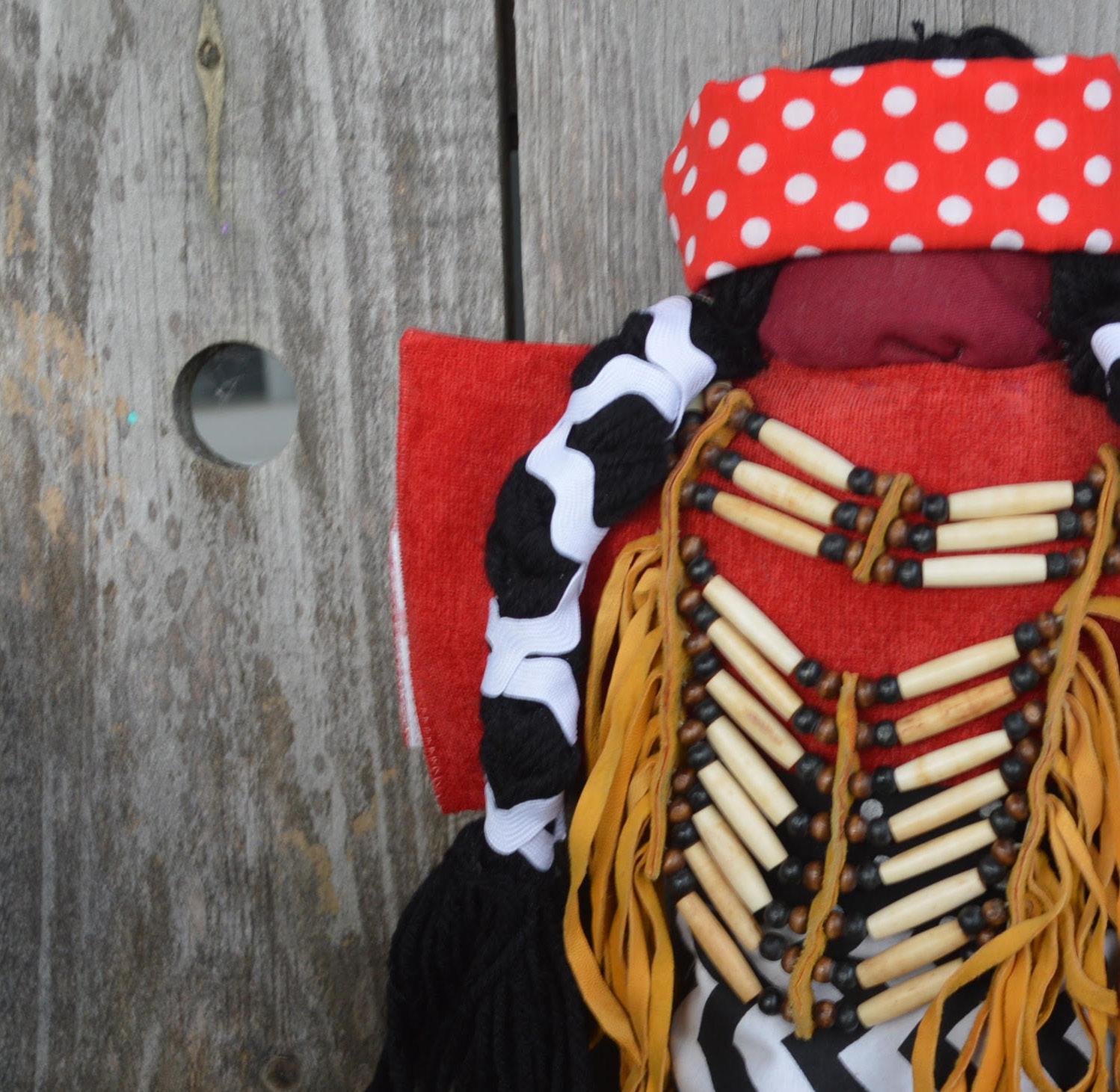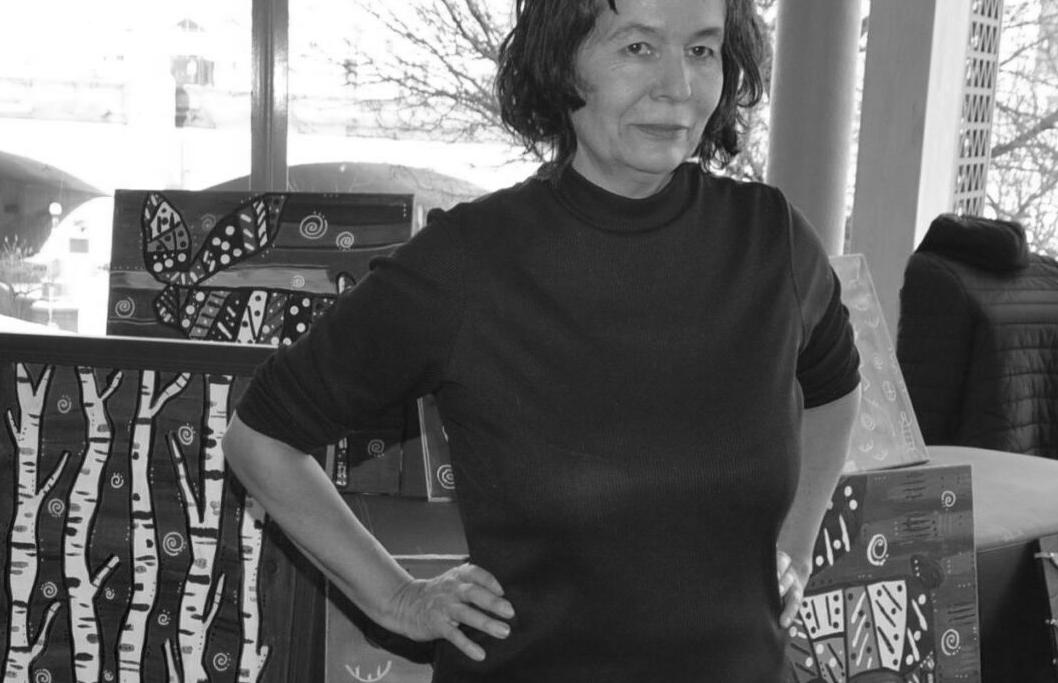
8 minute read
Traditional Artistry, A Means To Rise Out Of Poverty
NWAC Gives Indigenous Women Tools To Learn Traditional Artistry, And A Means To Rise Out Of Poverty
There was a time, long ago, that the art of Indigenous women was traded with other communities or exchanged for goods brought by European settlers. Today is sold on powwow trails, and through internet sites like Facebook and Etsy. And soon it will be available at an online store run by the Native Women’s Association Canada (NWAC) and at the organization’s modern boutique in Gatineau, Que. The act of creating art is healing. It is a salve for First Nations, Métis and Inuit women who are targeted by what the National Inquiry into Missing and Murdered Women has determined to be a genocide. But, says Lynne Groulx, NWAC’s chief executive officer, it can also be a route out of poverty and beyond the social and economic marginalization that the Inquiry said perpetuates the violence. “Yes, we want something to keep people’s hands busy, and we also want to help revive culture and tradition,” says Ms. Groulx. “But, most importantly, we want to see if there’s a way to get these products that we are making, these baskets and this beautiful jewellery, on the market?”
Advertisement
- Lynne Groulx
NWAC is providing Indigenous women with the tools and the skills they need to start their own microbusinesses in making traditional crafts. That is being done virtually, and eventually physically, through a Maker’s Space that is part of NWAC’s new Resiliency Lodge project. And it will have the boutique, Artisanelle, for selling those crafts, and many others from across Canada and around the world, which will go online early this year. It “eventually will have the most robust collection of Indigenous women's fine arts and crafts in the world, period,” says Ms. Groulx. “We already have a huge of selection Indigenous handmade dolls and jewellery. We're going to guarantee our quality, guarantee authenticity, have beautiful packaging, promote Indigenous women artists, offer a fair-trade price for their work, all of that.” The store will feature work like that of Rose Moses, an Ojibwe artist from the Henvey Inlet First Nation, south of Sudbury, Ont., who makes dolls along with a wide range of other crafts. Ms. Moses says she remembers making beaded necklaces for pocket money until she was in Grade 8. “But, after that, there was nothing,” she says. “I was in and out of foster homes, I was changing schools, I was going back to try to live at home. Too much turmoil.” It wasn’t until she was in her 30s that she came back to her craftwork. She had she wandered into a gift shop in Saskatchewan and saw a small First Nations puppet made of polyester with a painted face. “It was hideous-looking,” she says with a laugh. “But it was the first Native thing I had ever seen in a store … So, when I saw that puppet, I guess my inner child just wanted to have it. And I brought it home with me, and I stared at it for a long time. And I thought to myself, I wonder if I could make a better puppet.” She tore it apart, piece by piece, and then put it back together again. Then she started making her own puppets. And, as she sold those puppets in Ottawa, people started asking for dolls.

Rose Moses
She also started experimenting with painting, beading, papier-mâché, and quilt making, teaching herself the techniques as she went along. And her work, especially the dolls, began to sell. “That was a big surprise to me, as I am sure it is to a lot of First Nations artists,” says Ms. Moses. “You are just doing things because you are called to them and then other people see them, and they want them, and then they ask if they can buy them and you’re like ‘wow!’” The market exists. But many Indigenous women don’t have the tools and resources they need to begin crafting. Ms. Groulx says NWAC has received emails from women who want to start creating their own art, but have no money for supplies. So NWAC has purchased a thousand bead sets and is sending them out to the aspiring artisans who request them. It has also equipped its Maker’s Space, a large and airy room over the garage at the Resiliency Lodge, with the supplies and machinery required for a wide range of crafts, including weaving, sewing, basket making, leather work, woodworking, ceramics, and jewellery.
– Jessica Somers
And online workshops are being held to teach the women the crafts of their grandmothers that were lost through the decades marked by the residential schools, the Sixties Scoop, and the intergenerational traumas that are the aftermath of those tragic episodes of Canadian history. Jessica Somers, the manager of arts at the Resiliency Lodge, leads many of the virtual craft sessions. Others are taught by women who specialize in work of the First Nations or the Métis or the Inuit, or those who have a particular skill in a certain type of craft. They appeal to a wide variety of women, says Ms. Somers, from doctors, to stay-at-home moms, to grandmothers. “We’ve had Two-Spirit people, gender-diverse individuals as well,” she says. “Every workshop is different.” “You'll have more of the mindfulness when you're painting. And then you'll have more of the social interaction when you're doing the beading,” she says. “It leads to conversations about how can I do this on my own? How can I do this within my community? How do I make money? And that's where I direct them to NWAC’s programs for Indigenous women entrepreneurs.” Many of those women will find success in microbusinesses, like artisan crafting, that they can do from their own homes even in times of the pandemic, says Ms. Groulx. Artisan crafting is a form of meditation, a form of healing, a form of art, and an expression of culture, she says. “But it’s also something you can sell. So, attached to the idea of that Maker’s Space was always the plan that this would be a form of revenue for some of the women and would help them to become part of the Canadian economy,’” says Ms. Groulx. “In some cases, we will purchase the art for our store.”
- Rose Moses
The store was the logical next step in NWAC’s long-term efforts to help Indigenous women artisan crafters network and get products on the market. “It is a big concept, a multi-million-dollar deal, really, if we're going to do it in a big way,” says Ms. Groulx. “There is a carefully-thought-out, 10-year, business plan on the road to self-sufficiency for Indigenous women. Step one is we will put an online platform in Canada to put these products on the market.” An initial callout for artisan crafts made by Indigenous women in Canada was so successful that NWAC is looking for extra warehouse space to house it all. And there is a buyer in South America to help source what is called the Sisters in Spirit, the Americas Collection, that includes the art of Indigenous female entrepreneurs of other countries. The organization is also looking at expanding Maker’s Spaces across Canada to give more Indigenous women access to the tools they need to begin creating their own work. “In any community, you could actually just take that Makers’ Space concept, which cost us $100,000 to set up, and put it in a physical space,” says Ms. Groulx. “Because there's a demand for the products, the economic benefits are enormous.” So is the potential for healing. As a result of the residential schools, Indigenous women “have suffered a lot of losses—loss of family, community … even our hair and our name,” says Ms. Moses. “The biggest thing is that we had lost play. And with that play came laughter and joy.” Crafting, she says, means reclaiming the permission to play, reclaiming childhoods, reclaiming connection to the Indigenous circle, and reclaiming being balanced again. “When I'm doing my art, it gives me a voice. When I feel like I have a voice, I can control the narrative. For a long time, Indigenous women couldn’t control their narrative,” says Ms. Moses. “It gives me purpose and structure each day. And when I combine it with a ritual, it becomes like a prayer or a meditation,” she says. “And I really believe that the ancestors come and sit with me when I begin in a good way. When I'm doing my art in a good way, I truly believe you're holding hands with the Creator. And that is where the joy and the happiness lies.”






